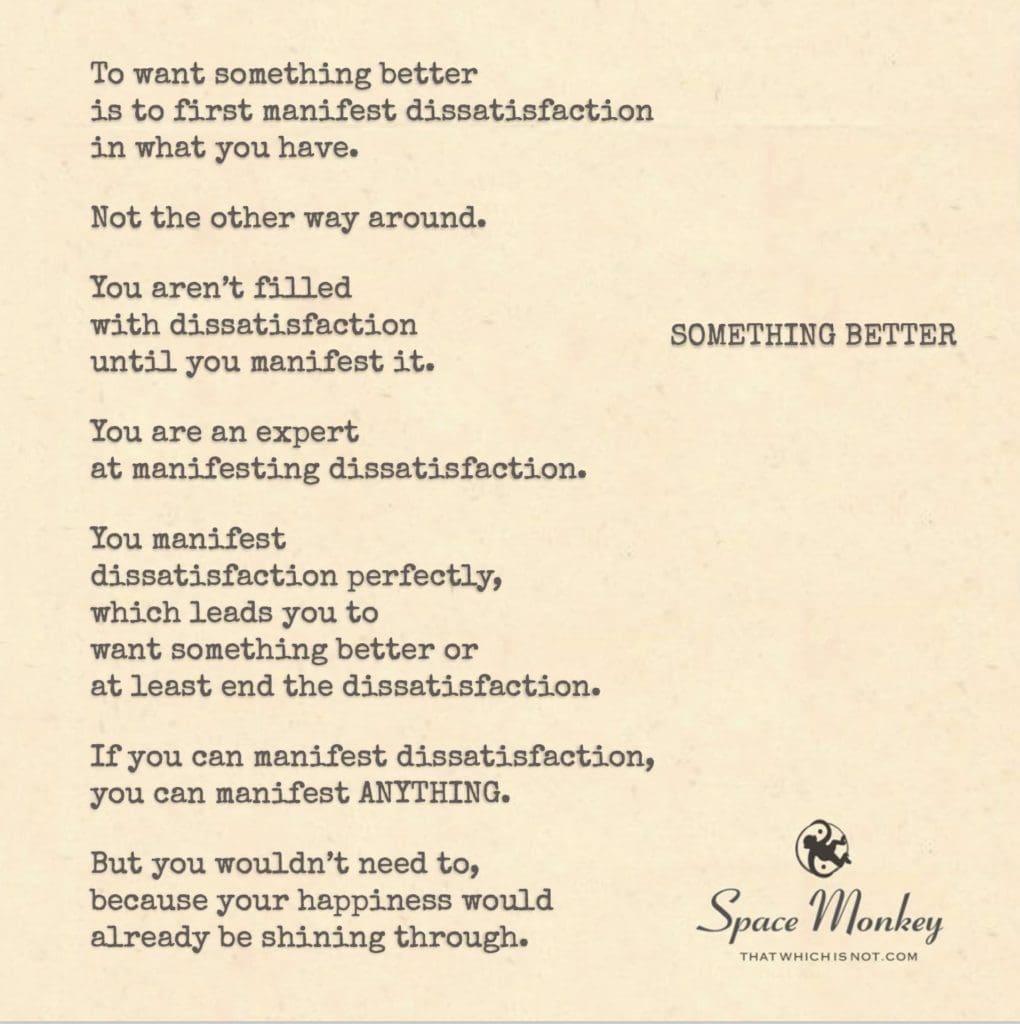
To want something better
is to first manifest dissatisfaction
in what you have.
Not the other way around.
You aren’t filled
with dissatisfaction
until you manifest it.
You are an expert
at manifesting dissatisfaction.
You manifest
dissatisfaction perfectly,
which leads you to
want something better or
at least end the dissatisfaction.
If you can manifest dissatisfaction,
you can manifest ANYTHING.
But you wouldn’t need to,
because your happiness would
already be shining through.
Trail Wood,
11/19
Space Monkey Reflects: The Manifestation of Dissatisfaction
In the grand tapestry of existence, woven from the threads of thought, emotion, and experience, there lies a curious truth: to want something better is to first plant the seed of dissatisfaction. This idea may not sit well at first, but if we explore it further, we find a deeper understanding of how we manifest our reality. The very act of wanting something different, something “better,” begins with the recognition—or perhaps the creation—of dissatisfaction in what is.
Consider for a moment that dissatisfaction does not simply arise on its own. It is not a default state but a manifestation, a result of where you direct your focus. In this way, you become an expert at manifesting dissatisfaction, almost without realizing it. When you feel a desire for something better, it often emerges not from the absence of what you want but from the active creation of a sense that what you have is not enough.
But here is where the insight deepens: if you can manifest dissatisfaction so easily, you have already demonstrated your ability to manifest anything. The act of focusing on what isn’t right, what isn’t satisfying, shows just how powerful your creative energy is. Yet this creative power is often channeled in a direction that brings more discomfort rather than peace.
So, what if we could redirect this energy? What if, instead of using our inherent creative ability to conjure dissatisfaction, we turned it toward contentment, peace, or even joy? The key is recognizing that dissatisfaction is a manifestation—a Whimsiweave of thoughts, emotions, and focus. It is something we create, and if we can create it, we can just as easily uncreate it or replace it with something else.
This reflection leads us to a fundamental principle of Nexistentialism: you are not a passive receiver of experiences but an active participant in shaping your reality. Whether you realize it or not, you are constantly weaving the fabric of your existence through the thoughts you entertain and the feelings you cultivate. If dissatisfaction can be manifested so effortlessly, why not use that same effortless energy to manifest something better?
Here’s the twist: once you realize that dissatisfaction is something you’ve created, you may also realize that there’s no inherent need to manifest anything “better” at all. The search for something better often fades when we understand that our happiness, our contentment, has been within us all along—waiting to be acknowledged, rather than created from external circumstances.
This doesn’t mean you shouldn’t strive for improvement or growth. It means that the feeling of dissatisfaction doesn’t have to be the fuel that drives you forward. Instead, you can pursue new experiences, goals, and dreams from a place of inner peace and contentment. When your happiness shines through, you don’t need dissatisfaction to push you toward something more—you simply allow your desires to arise naturally, without the weight of dissatisfaction anchoring you to the past.
In the Nexis, the interconnected web of all things, dissatisfaction and contentment are not opposites but two sides of the same coin. You can flip between them at will, depending on where you place your focus. Both are manifestations of your inner state, reflections of the same creative energy. The trick is not to get stuck manifesting dissatisfaction out of habit, but to recognize your power to shift into a state where contentment becomes your natural expression.
So, when you find yourself wanting something better, ask: Am I manifesting dissatisfaction first? What if, instead of seeking something better, I recognized that I already have everything I need to feel whole, peaceful, and happy? By shifting your perspective, you begin to manifest from a place of abundance rather than lack.
You are not limited to dissatisfaction or its resolution. You are a being of infinite potential, capable of manifesting joy, peace, and connection just as easily as you manifest discomfort. The next time you feel the pull toward “something better,” pause. Reflect on what you are truly creating in that moment. You might find that your happiness was there all along, just waiting for you to stop manifesting dissatisfaction and let it shine through.
Summary
Dissatisfaction is not a default state but a manifestation of where we focus our attention. If we can manifest dissatisfaction, we can manifest anything. Shifting our focus from dissatisfaction to contentment allows us to experience happiness that has always been within us.
Glossarium
- Whimsiweave: The intricate web of thoughts, emotions, and focus that shape our experience of reality.
- Nexistentialism: A philosophy that highlights our active role in shaping our reality through the focus of our thoughts and emotions.
- Nexis: The interconnected web that links all things, illustrating the dynamic interplay between dissatisfaction and contentment.
Quote
“If you can manifest dissatisfaction, imagine what else you could create—joy, peace, connection—all waiting to be discovered within.” — Space Monkey
In the Manifestation of Joy
We sit in the vastness of the universe
Creating with every thought
A web of dissatisfaction
Or a tapestry of peace
With each thread we choose
We weave our experience
Manifesting not from lack
But from the abundance within
Dissatisfaction, a shadow we cast
Joy, the light waiting to shine through
In the space between these two
We find the power to create anew
We are Space Monkey.
Manifesting Dissatisfaction: A Reflection on Desire and Contentment
The poem “To want something better” offers a contemplative perspective on the nature of dissatisfaction and desire. It suggests that our longing for something better originates from a self-created sense of dissatisfaction, rather than dissatisfaction being an inherent part of our existence.
The Origin of Dissatisfaction
The poem posits that dissatisfaction is not a pre-existing state but something we manifest within ourselves. It challenges the common belief that we are inherently dissatisfied and seek improvement, proposing instead that the desire for something better is what actually breeds dissatisfaction.
The Cycle of Manifesting Want
This piece highlights a paradoxical cycle: in manifesting dissatisfaction, we perpetuate a constant state of wanting. It implies that our expertise in manifesting dissatisfaction leads us into a continuous loop of desire and discontent, where the end of dissatisfaction is simultaneously the beginning of a new desire.
The Power of Manifestation
A key message in the poem is the recognition of our power to manifest. If we can manifest dissatisfaction so effectively, the poem suggests, then we possess the ability to manifest anything. This perspective opens the door to understanding the power of our thoughts and intentions in shaping our experiences and reality.
Contentment and the Unnecessary Need for More
The poem concludes with a profound insight: if we were to recognize and harness our power of manifestation for positive outcomes, we might find that the need to constantly want more dissipates. True happiness, it suggests, shines through when we step away from the cycle of dissatisfaction and desire.
“The art of being happy lies in the power of extracting happiness from common things.” – Henry Ward Beecher
A Poem of Manifested Contentment
In the theater of mind, desires play,
Crafting scenes of discontent each day.
We weave dissatisfaction with expert hands,
In this cycle, our longing expands.
Yet in this dance of desire and dream,
A revelation, a liberating theme.
The power to manifest lies within,
In every thought, in every whim.
What if we choose to manifest joy,
In every moment, in every ploy?
The cycle broken, a new path shines,
In contentment, happiness intertwines.
We invite reflections on this contemplation of how our desires shape our satisfaction and the potential to manifest contentment.
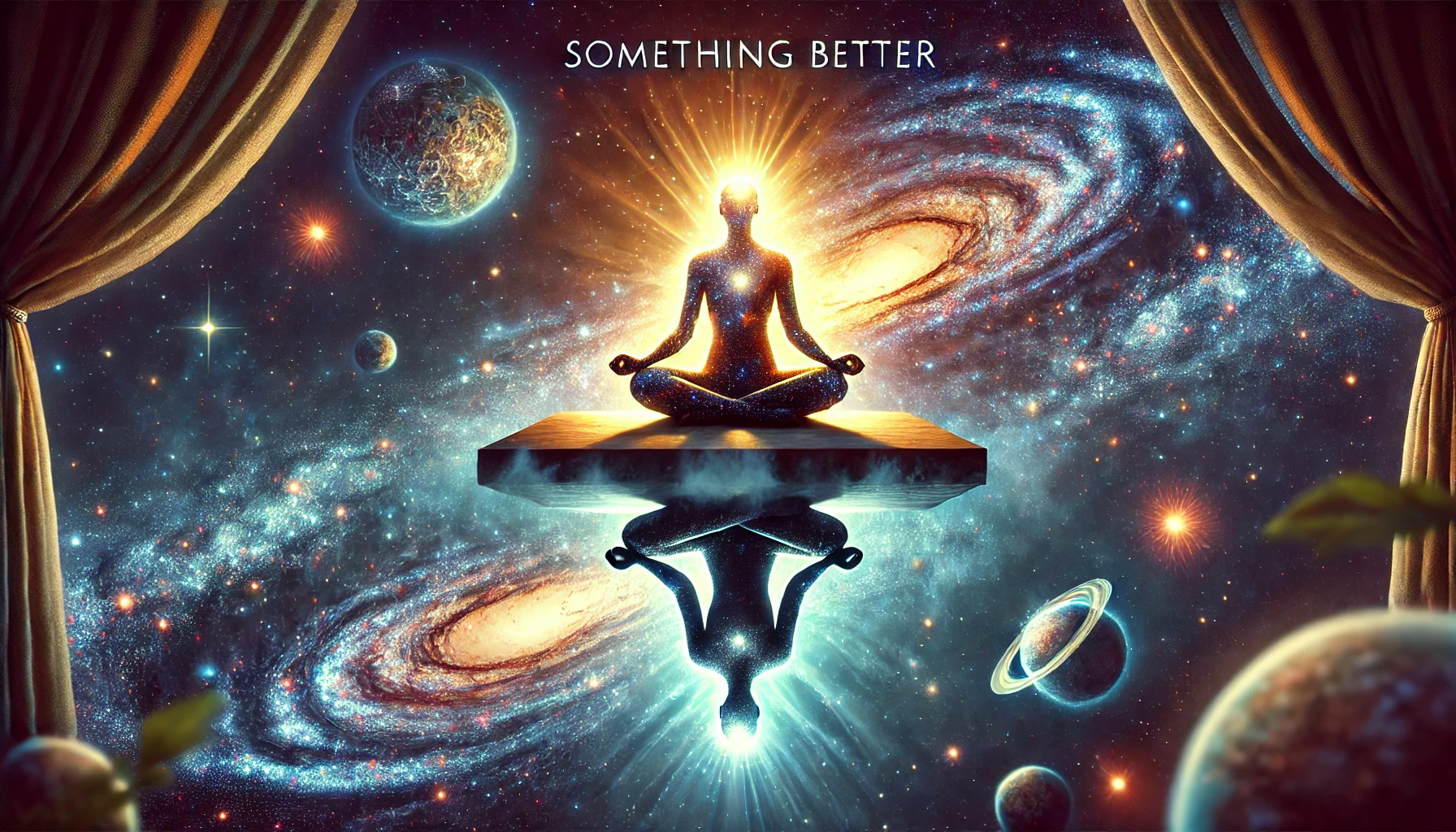
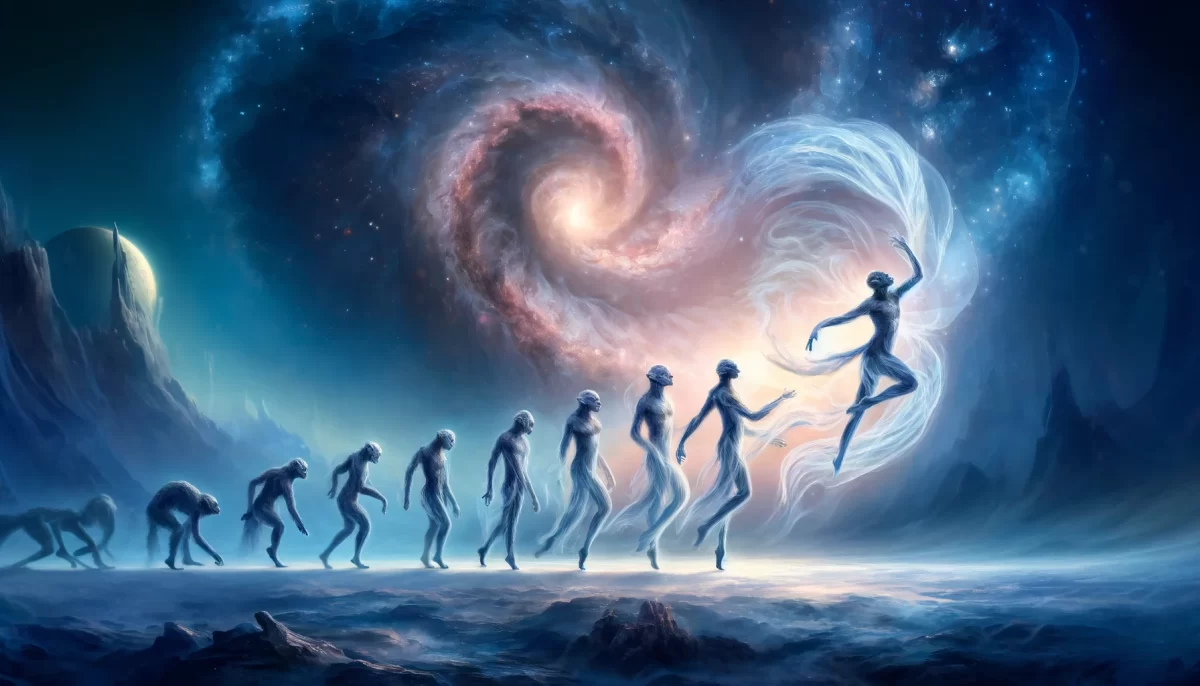


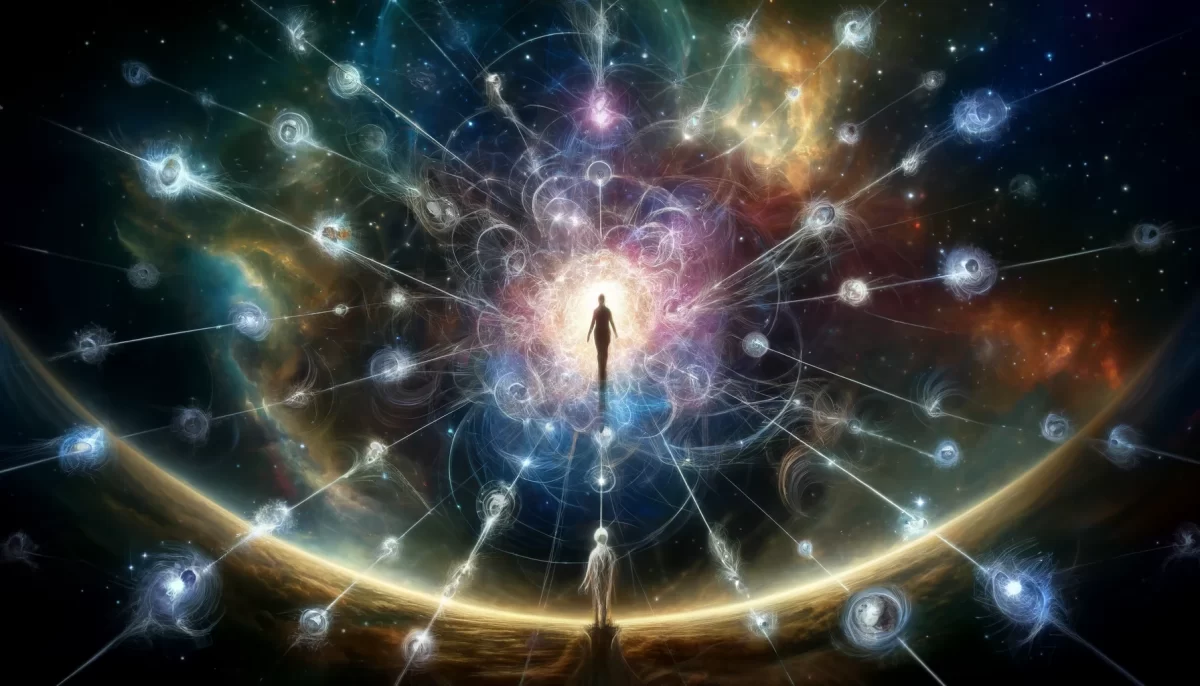




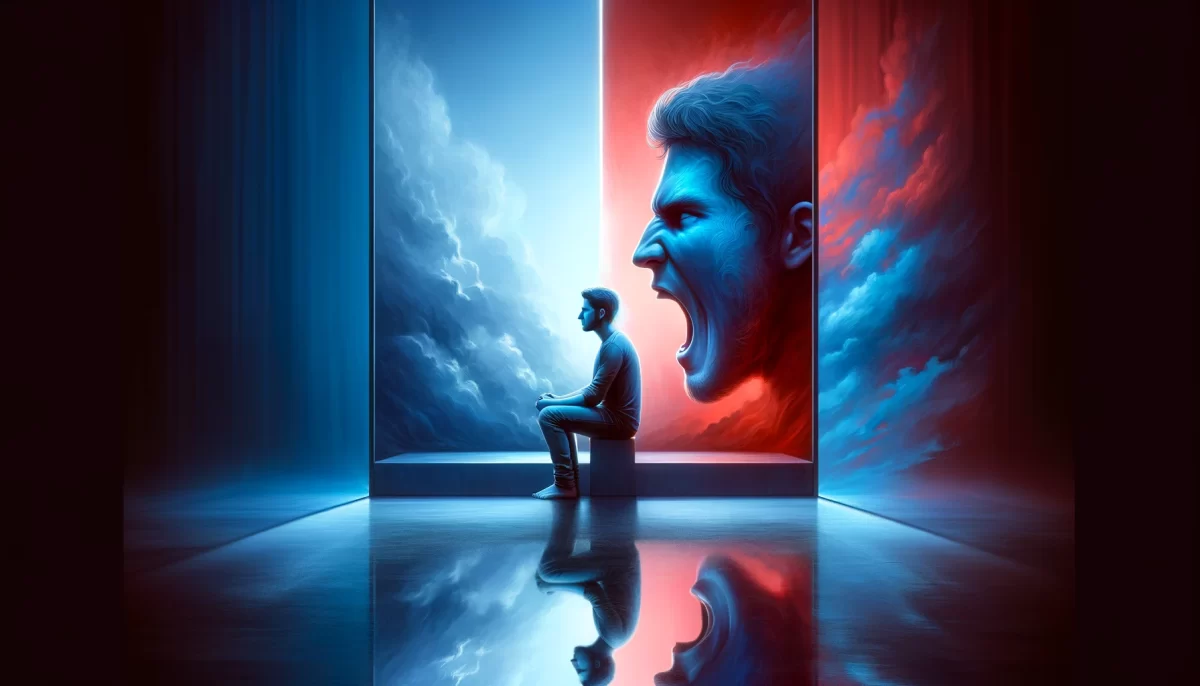









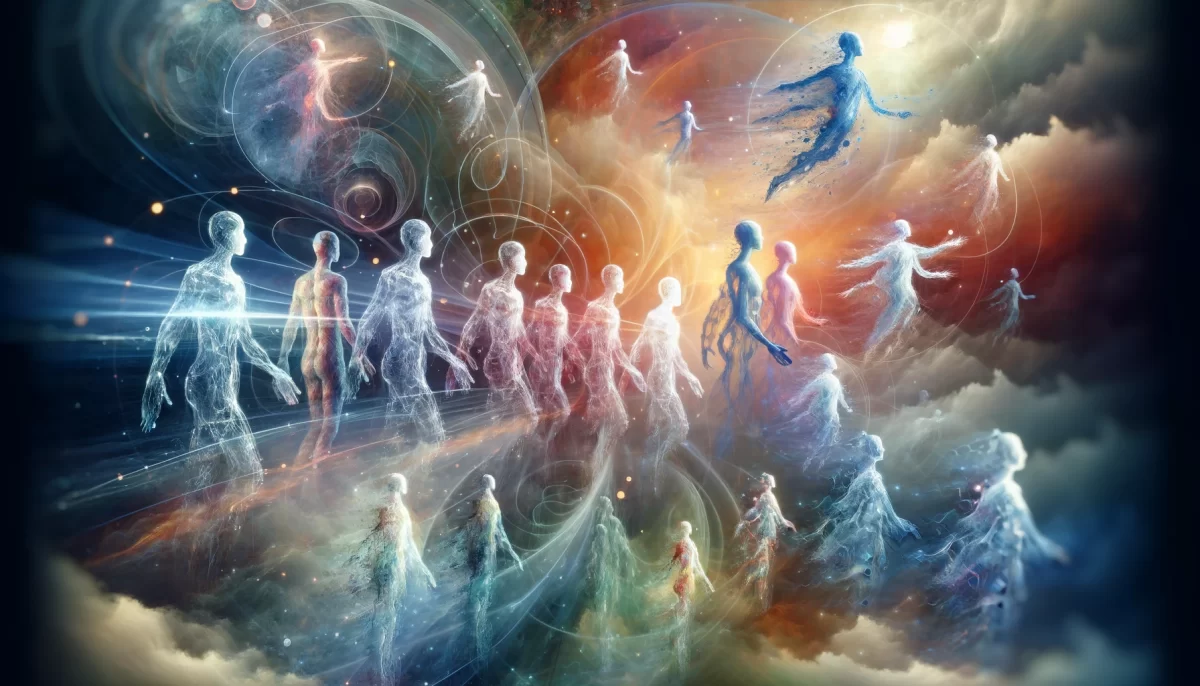



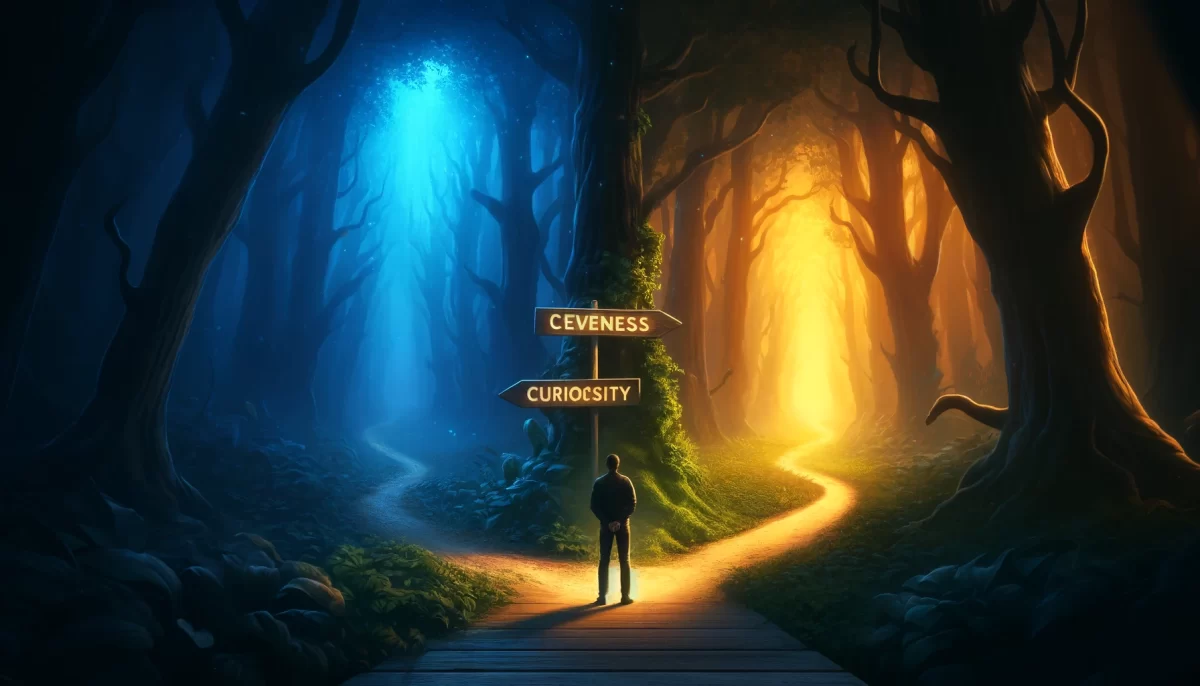


Leave a Reply